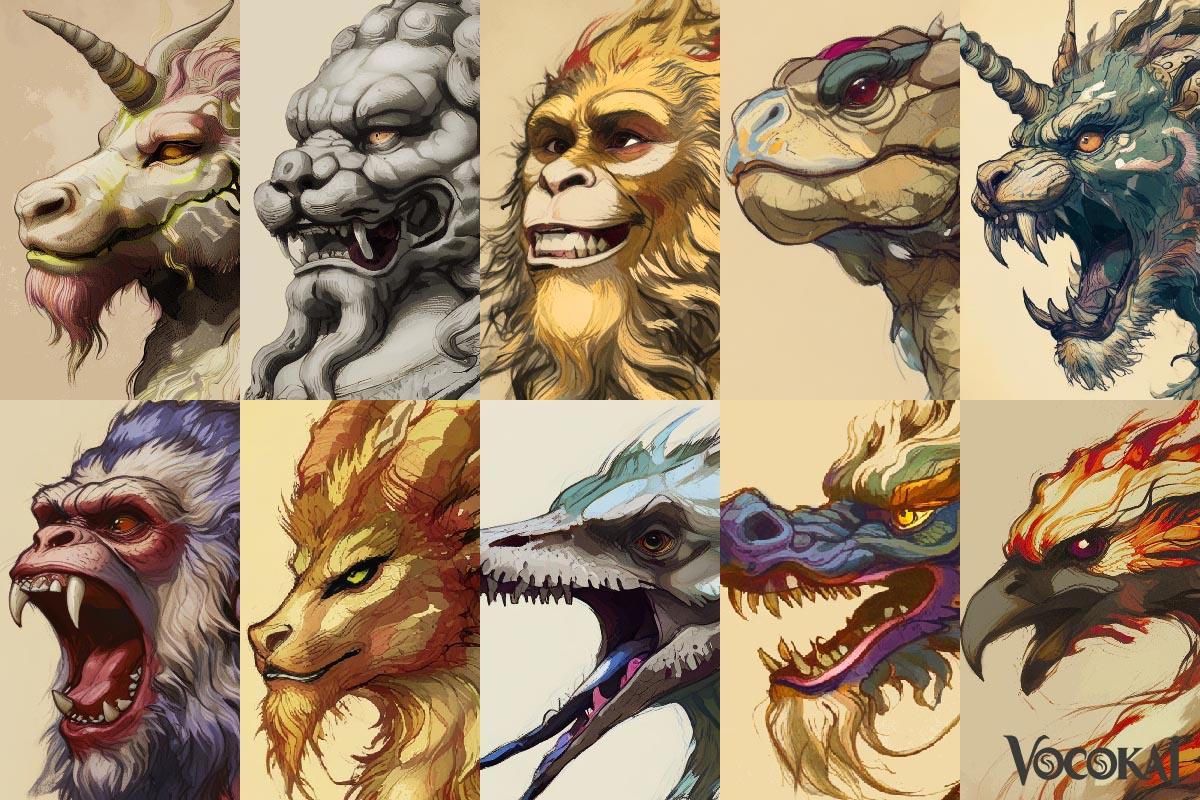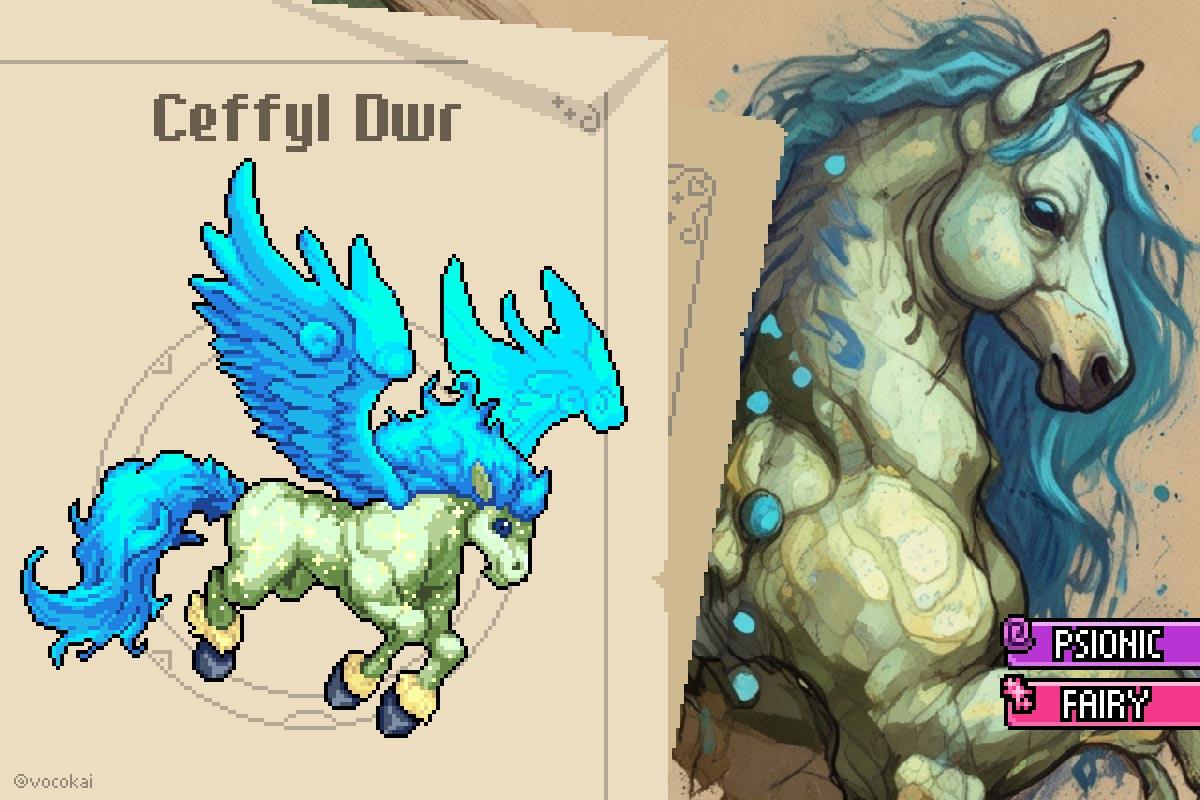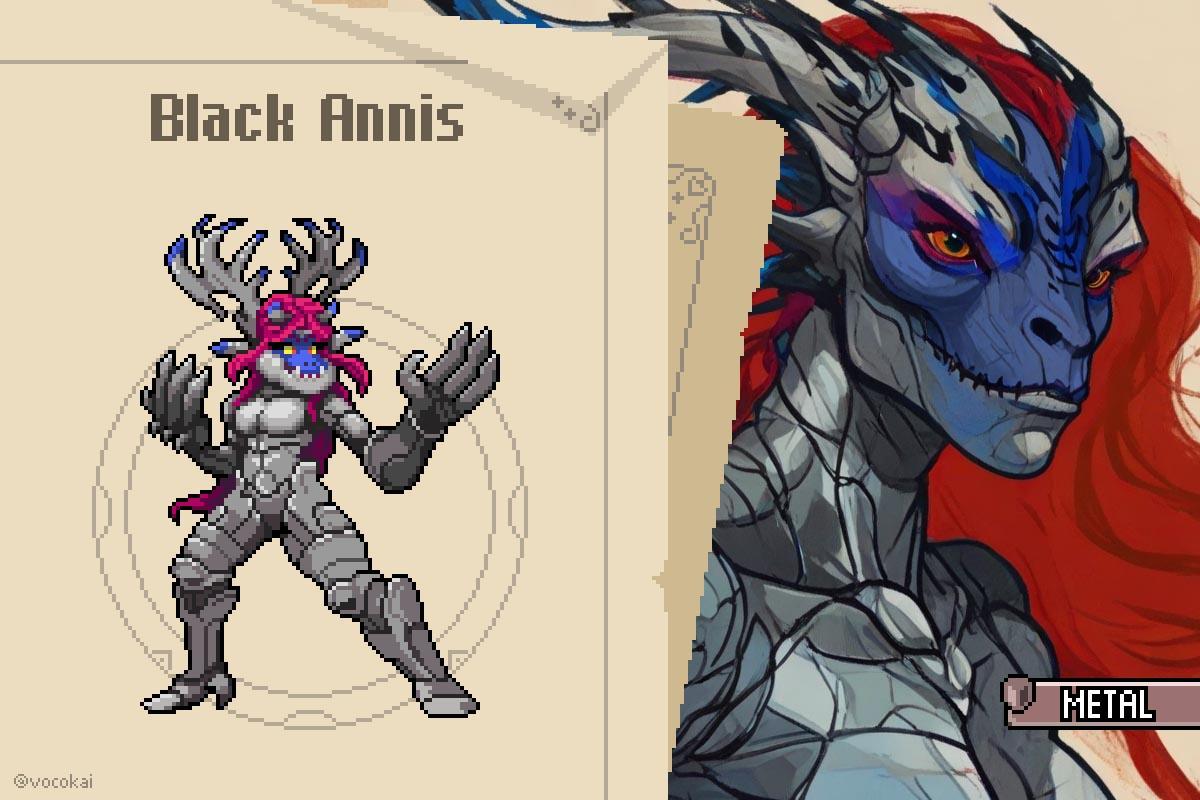Introduction: The welsh red dragon
The Welsh dragon, Y Ddraig Goch—the original Wales dragon name—is a powerful and iconic figure in Welsh folklore, symbolizing strength, resilience, and a deeply rooted national identity. Central to the Wales dragon story, Y Ddraig Goch is known as the “balance breaker,” a mythical force that represents the triumph of the Welsh people over adversity. Featured prominently on the national flag, the Welsh dragon embodies the enduring spirit and cultural heritage of Wales, resonating as a source of pride and connection for generations.
Legend has it that the Welsh Dragon Y Ddraig Goch is a fierce protector of the land, embodying the fiery essence of the Welsh mountains and valleys. Its presence has been invoked in tales that date back to medieval times, often associated with battles, sovereignty, and the enduring resilience of the Welsh against external forces. The creature’s image has transcended mere mythology; it resonates deeply within the hearts of those who identify with Wales and its rich history.
The Welsh Dragon Meaning and History
The Wales dragon name, Y Ddraig Goch, translates directly to “The Red Dragon” in Welsh, reflecting the color and fierce nature of this national symbo. It is imbued with welsh dragon history and reflects its symbolism as a “balance breaker,” portraying the resilience and power of the Welsh. The dragon has been a symbol of unity among ancient Welsh tribes and became a national emblem under leaders like Owain Glyndŵr, especially in battles symbolizing Wales’ fight for sovereignty. The legend of the Welsh dragon continues to influence Welsh identity, with the dragon often representing the strength of Wales against outside forces.

Wales Dragon Symbol
The symbol of Wales Dragon has become an emblem of national pride, featuring prominently on the Welsh flag. Its association with strength and resilience reflects the tumultuous history of Wales, where the dragon is seen as a guardian of the land and its people. Historical accounts suggest that the dragon was believed to have fought against a white dragon, symbolizing the conflict between the Britons and the Saxons. This legendary battle is often interpreted as a metaphor for the struggle for Welsh independence and identity.
Cultural Variations
Y Ddraig Goch’s significance extends beyond folklore, permeating various aspects of Welsh culture. It is celebrated in literature, music, and art, serving as a source of inspiration for countless creators. In medieval Welsh literature, such as the “Mabinogion,” the dragon appears in various tales, often representing nobility and valor. Its image has been embraced by modern artists and musicians, symbolizing a connection to Wales’ rich heritage.


Modern Interpretations
In contemporary culture, the Wales dragon name Y Ddraig Goch continues to evoke a sense of pride and identity among the Welsh people. Festivals, sporting events, and public gatherings often feature the dragon as a symbol of unity and cultural heritage. Moreover, its depiction in popular media, from literature to television, showcases its enduring legacy as a mystical and powerful creature that resonates with both Welsh citizens and those who admire the mythology surrounding the dragon.
The Welsh Dragon Myth
The Wales dragon story is central to Welsh dragon mythology and tells the tale of two dragons—the red dragon, representing Wales, and the white dragon, symbolizing invading Saxons. In this legendary welsh dragon myth, the two creatures battled beneath Dinas Emrys, with the red dragon emerging victorious. This myth not only strengthens the welsh dragon meaning as a symbol of Wales’ endurance and triumph over adversity but also explains the story of the Welsh flag and why the red dragon adorns it today


Appereance: The Red Welsh Dragon
The appearance of Y Ddraig Goch, or the Red Dragon, is as captivating as the lore that surrounds it, embodying the fierce spirit and cultural significance of Wales. This mythical creature is often depicted with distinct and striking characteristics that make it both an emblem of power and a figure of respect. The welsh red dragon is typically depicted with a bold red body, large wings, and a spiked tail, signifying a fierce protector of Wales. Known for its fiery stance and prominent place in Welsh heritage, this mythical creature is a distinct symbol in both welsh stories about dragons and medieval tales. Wales dragon facts highlight its unique position among European dragons as a guardian rather than a destructive force, making it an enduring symbol of the Welsh spirit in welsh dragon myth and Welsh history.
Here’s a closer look at its key features:
- Fiery Red Scales
- Majestic Wings
- Sharp Claws and Teeth
- Enigmatic Expression
- Fiery Red Scales: Y Ddraig Goch is primarily known for its vibrant crimson scales that gleam in the light, representing its fierce nature and the fire it can unleash. This striking coloration is symbolic of strength and vitality, embodying the passion of the Welsh people.
- Majestic Wings: With expansive, leathery wings that stretch wide, Y Ddraig Goch can soar through the skies with grace and ferocity. These wings not only enhance its formidable presence but also signify freedom and the spirit of the Welsh landscape.
- Sharp Claws and Teeths: The wales dragon is often illustrated with sharp claws and menacing fangs, underscoring its role as a guardian of the land. This fearsome aspect serves to instill a sense of caution, reminding onlookers of the dragon’s power and the respect it commands within folklore.
- Enigmatic Expression: The expression of Y Ddraig Goch is often depicted as fierce and determined, reflecting its role as a symbol of resilience and strength. Its piercing eyes and powerful stance convey a sense of vigilance, embodying the protective nature attributed to the dragon in Welsh lore.

Behavior: The welsh dragon, balance breaker
The behavior of the Welsh dragon in legend reflects traits of loyalty, resilience, and fierce protection, especially evident in the story of the Welsh dragon on Dinas Emrys hill. The prolonged fight demonstrated the red dragon’s tenacity and its role as a balance breaker, ultimately defending Welsh territory against foreign threats. Legends portray the welsh dragon as both a fierce guardian and a symbol of unity, courage, and endurance, qualities celebrated in welsh dragon mythology and cherished in welsh dragon history. These stories have cemented its legacy as an enduring protector of the Welsh spirit and culture.
In conclusion. the Wales dragon name evokes strength, protection, deeply relation in the Welsh culture, ferocity and guardianship, serving various roles within the mythological narrative.
The Influence of the Welsh Dragon Mythology
Today, the Welsh dragon continues to inspire media, art, and literature, solidifying its place as a cultural icon. It is widely featured on the Welsh flag, represented in sports, literature, and even television series, where it often symbolizes a fierce and mystical force. This welsh dragon meaning and its heroic representation also appear in global media, with dragon motifs on merchandise, in video games, and in fantasy films, spreading welsh dragon history far beyond Wales. This enduring presence underscores the welsh dragon myth’s adaptability and influence, connecting ancient Welsh dragon mythology with a modern audience

Y Ddraig Goch is a central figure in various cultural celebrations and events in Wales. Festivals such as St. David’s Day and other local celebrations often feature the dragon in parades, performances, and community gatherings, emphasizing its importance in uniting the Welsh people around their shared heritage.
Did you like this article of Wales Dragon Story? Discover more mythological creatures in our Creatures blog.
In addition, if you also like RPGs and Monster Taming games like Digimon, Pokemon, Temtem, Dragon Quest… Please check our game Vocokai main page or find more info of the project here. Vocokai is a classic RPG game developed by Aoying that allows you to hunt and control mythological creatures of different cultures of the world while you advance in a post-apocalyptic story bounded with many historical and mythological events from the past.

















